Who, Who, Who are you?
Even looked up to see two big brown eyes silently returning your gaze? Owls are more common than you might think, even in urban parks of the Pacific Northwest.
This curious owl in the photo is a Barred Owl (notice the vertical bars of brown on its chest). These owls relatively common in forested urban parks like Forest Park in Portland, Stanley Park in Vancouver and Discovery Park in Seattle. We see them occasionally when we’re on walks through Lincoln Park near our home in West Seattle.
The Barred Owl is a “cousin” of the Northern Spotted Owl, which is listed in the US as a threatened species under the federal Endangered Species Act. In most instances, it is easy to tell the two species apart, though I’ve been stumped a few times. Habitat is the first thing to consider if you’re trying to determine which of these owl species you are looking at. Barred Owls are far more common, of course, and inhabit mixed woods in our cities, suburbs and backcountry lands. Spotted Owls require older-growth, mature, moist forests. Their habitats do overlap on the edges of old-growth forest.
One key visual identifier is the markings on the chest. As its name suggests, Spotted Owls have spots, rather than bars.

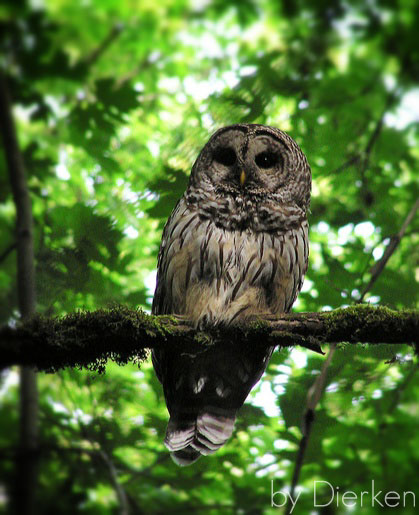
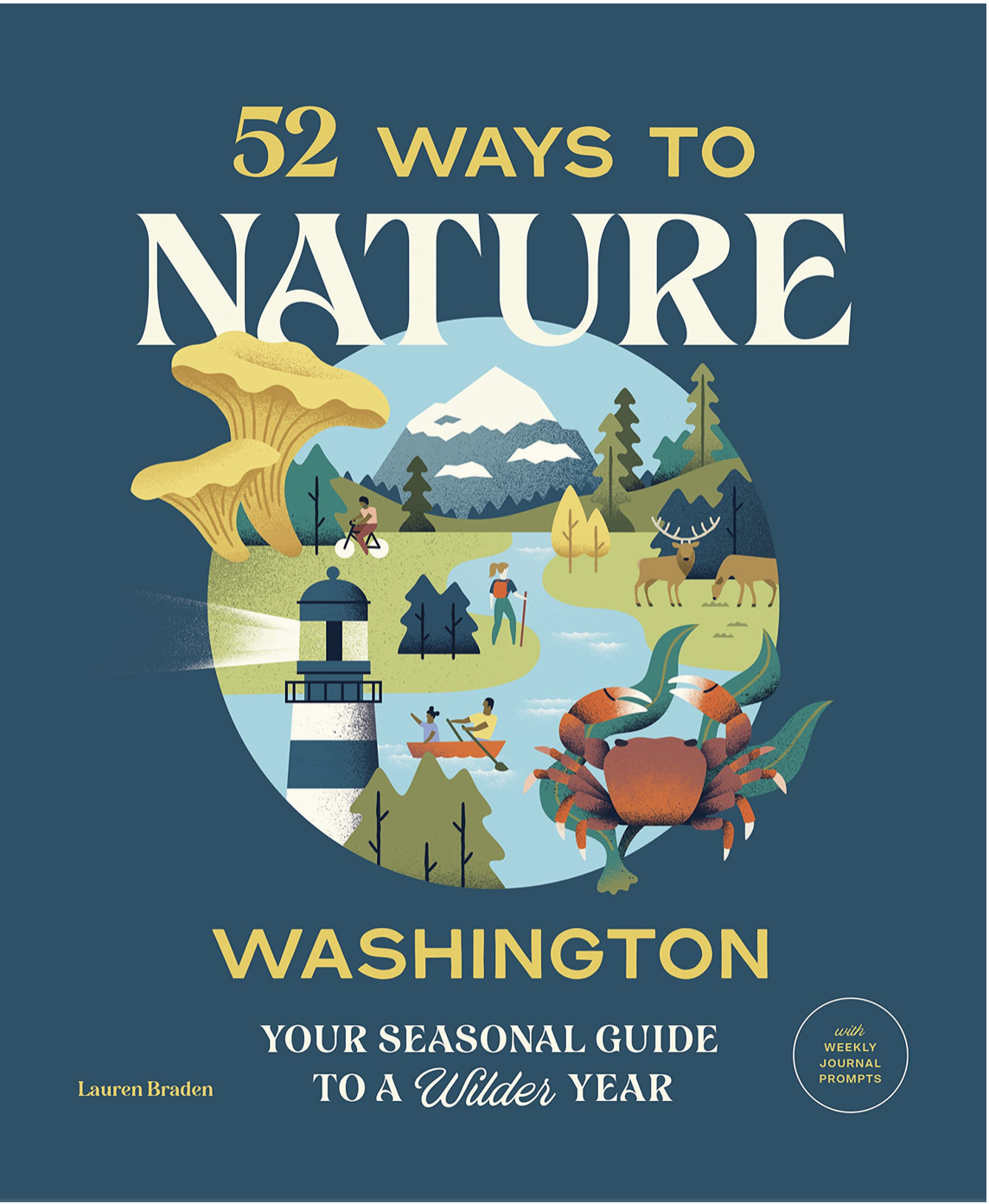

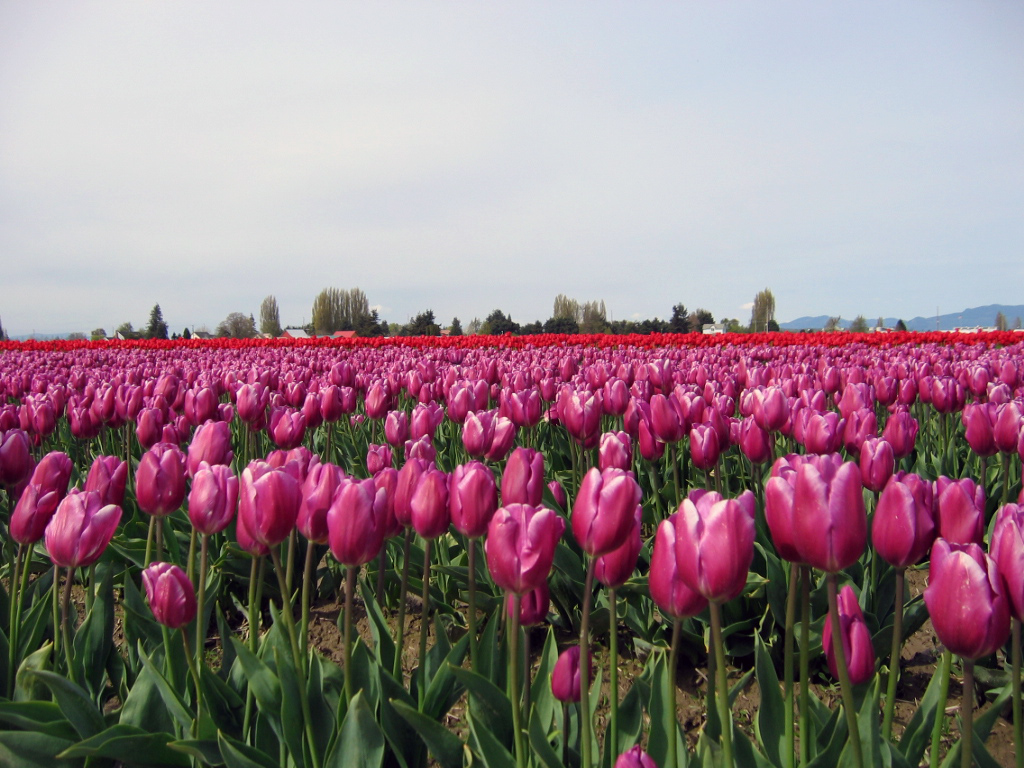


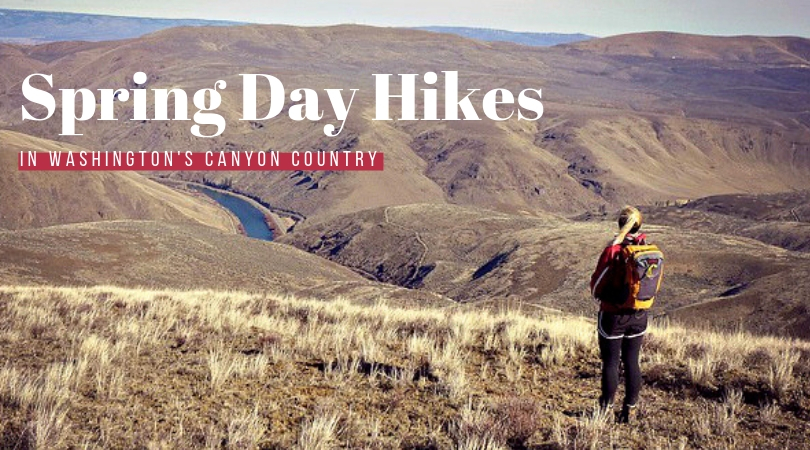

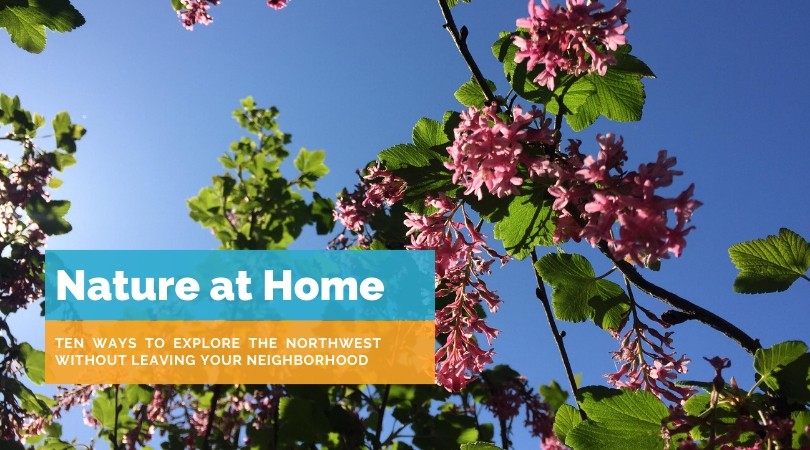
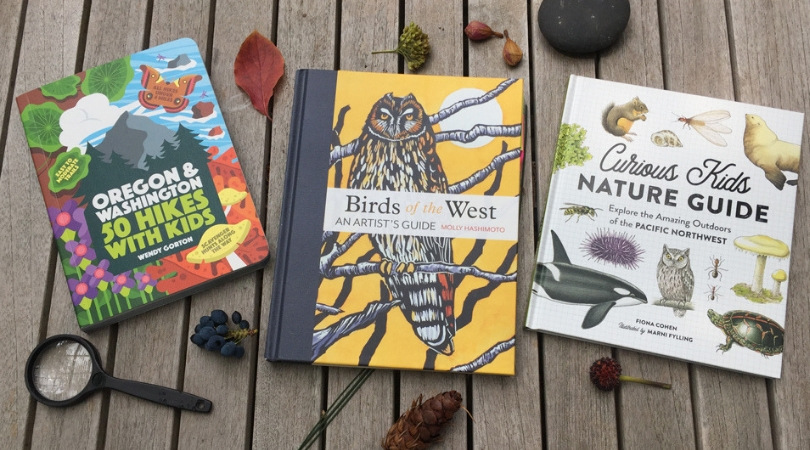


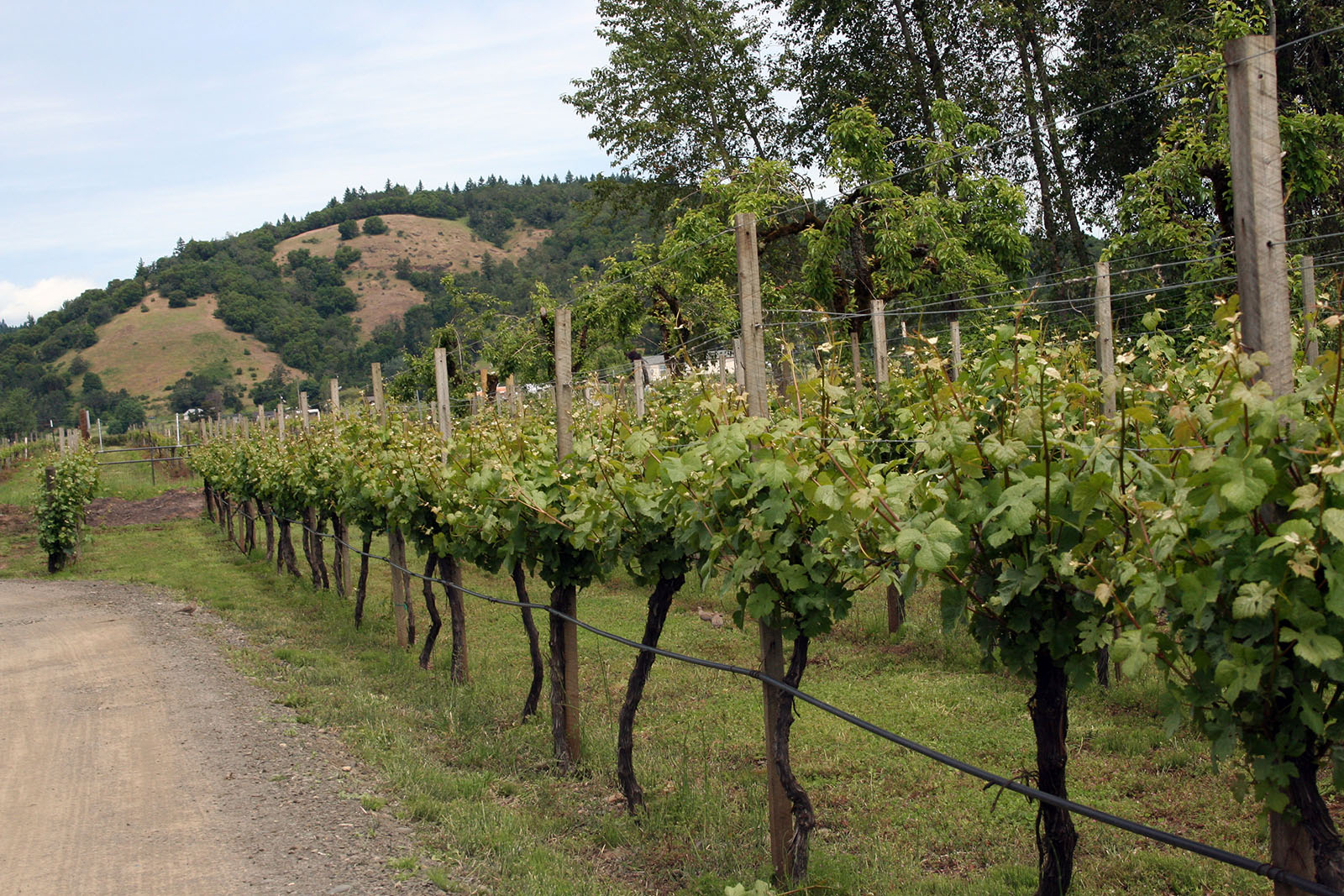

2 Responses
It’s great to see my owl friend on your Nature Notes piece! Just for a further clarification, I’d add that the standard call (or would it be called a “song”) of the Barred Owl could be better transliterated into “Who Cooks For You, Who cooks for you-u”. Also, while the line between the “chest” and the “belly” is not clear, I would say that the distinguishing “spots” on the Spotted Owl are on the belly, but that these “spots” would be better described as “horizontal dash marks, with a shorter vertical element, that might make them into “T’s” with a longer top or a “plus sign” with a longer horizontal element. Also, while size is often hard to gauge, the Barred Owl is bigger, enough so that they can prey on the smaller Spotted Owls.
Stewart, thanks for contributing your owl knowledge. I learn so much about the details of nature from you – details that are often not noticed on casual walks through city parks, but that are absolutely fascinating once one’s eyes are open to them. I hope others take the time to attend one of your stewardship adventures in nature this spring or summer because they’re really great!